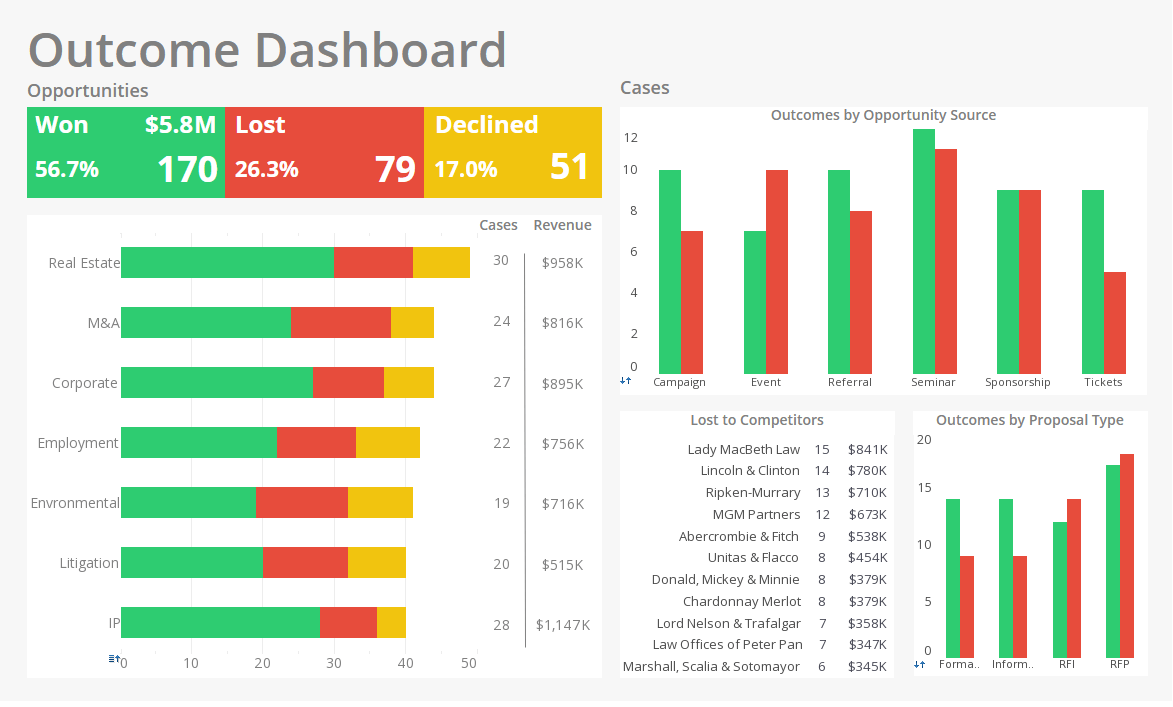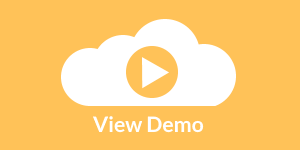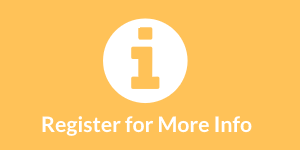What is Some Advice for Designing a Good Dashboard?
This is a transcript of a Webinar hosted by InetSoft entitled "Designing a Good Dashboard." The speaker is Mark Flaherty, CMO at InetSoft.
Mark Flaherty (MF): Start by understanding what you really need to be looking at, because the speedometers, thermometers, and gauges are just a bunch of green lights or red lights, et cetera, and they don’t mean much at all if you don’t have the context around them.
It starts with the selection of the right KPIs to watch and ensuring the data is there to calculate them and report on them in a timely fashion. I think there is such a thing is too many green lights. For instance, you might be killing your sales goals for your next quarter, because you are cramming all your sales upfront.
So you need a lot more conceptual understanding to keep from jumping to the wrong conclusion. You need to include other metrics that give you the whole picture.
Can you explain drill-down capabilities and why you want them in your dashboards?
| #1 Ranking: Read how InetSoft was rated #1 for user adoption in G2's user survey-based index | Read More |
The real power of a good dashboard comes when you start to think that “All right. I don’t necessarily need to report on the decision I have already made. I actually want to be informed when the condition is met that caused me to make that decision.” The opportunity is to put analysis in the context of the business process. Understanding how that business process is laid out, in general, it’s the most important thing. Then you make sure that the data is in such a format that it can be summarized. From a high level you then need to be able to drill down to the specific customer action or account opportunity, whatever it might be. You’re trying to reach the level where you can actually be able to influence that outcome. So there are many different layers you need to put together, and think about the person who is talking to the customer, what decisions can or cannot be made.
You can have many different feeds, even external data feeds. There’s no reason you can’t use data from an operational application, see your customer and then have the context of analysis there, too. There’s also no reason you can’t start with the high level view of your organization, how you are performing and be able to drill down to the specific customer or service you ask for, or opportunity, and then instantly click through to your operational application, where you can call, or start the service you want, whatever it might be, to be able to take action then and there.
You should be able to blur the boundaries. The technology is certainly here. When you get down to the granular level you are dealing with small volume of data anyway, so accessing your operational system directly is not a technical problem. It’s only an issue when you trying to aggregate large volumes of data. Then you cannot go against operational data stores since it can cause performance problems.
When Do You Want to Allow Ad Hoc Editing of a Dashboard Chart?
Allowing ad hoc editing of a dashboard chart can be useful in specific scenarios where flexibility and real-time decision-making are critical. Here are several situations when you might want to enable ad hoc editing:
1. When Business Needs Are Dynamic
In industries with rapidly changing data, such as retail, finance, or logistics, decision-makers often need to make quick adjustments to their dashboards. Ad hoc editing allows users to modify filters, groupings, or data parameters to reflect the most current market trends, customer demands, or inventory levels.
2. For Exploratory Data Analysis
If your users need to explore data without waiting for IT or a data team to build custom reports, ad hoc editing can help. Analysts or business users can modify charts on the fly—adjusting timeframes, metrics, or categories to investigate specific questions, discover trends, or identify outliers.
3. When Collaborating Across Teams
In collaborative environments where different stakeholders (e.g., sales, marketing, finance) rely on the same dashboard but have different data needs, ad hoc editing allows each team to tailor the chart views to their specific goals. This flexibility can enable more relevant and personalized insights during meetings or cross-functional discussions.
4. For Real-Time Decision Making
When managing live operations, such as in logistics or inventory management, the ability to tweak charts in real-time is crucial. Ad hoc editing allows users to adjust variables (e.g., locations, products, shipments) to make immediate, data-driven decisions, helping to avoid delays, stockouts, or bottlenecks.
5. When Prototyping New Reports
Before formalizing a dashboard or report, allowing ad hoc editing enables users to experiment with different visualizations, filters, and metrics. This is particularly useful during the prototyping phase, where data users may need to test various configurations before deciding on the best way to display critical information.
6. For Customizing User-Specific Views
Not every user needs to see the same data in the same way. Enabling ad hoc editing allows users to personalize their dashboard views, such as drilling down into specific regions, departments, or KPIs. For example, a regional manager might want to focus on sales data specific to their region, while an executive might prefer to see an aggregate view.
7. To Respond to Unforeseen Events
In cases of sudden changes, such as economic shifts, supply chain disruptions, or urgent customer demands, ad hoc editing gives users the flexibility to adjust their analysis on the fly. This could involve creating new comparisons or adding new data streams to understand the impact of unforeseen events.
8. For What-If Analysis
Ad hoc editing allows users to quickly create "what-if" scenarios by modifying data assumptions or parameters. For example, a financial analyst could adjust revenue or cost figures in real-time to see how changes would affect profitability, enabling faster decision-making in budgeting or forecasting processes.
9. When Handling Complex, Multi-Dimensional Data
In dashboards that deal with multi-dimensional data—such as those with many variables, categories, or time periods—ad hoc editing allows users to reconfigure how data is presented. This could involve changing how data is grouped, sorting by different measures, or switching between visualizations like line charts and bar graphs to find the most useful insights.
10. To Provide Greater Autonomy for Power Users
Power users or advanced data users may want more autonomy in exploring data and creating custom views without having to depend on a central data team. Allowing ad hoc editing empowers these users to dive deeper into the data and create their own reports or charts as needed.
Considerations for Allowing Ad Hoc Editing:
While ad hoc editing is powerful, it's important to consider the following:
- Data Governance: Ensure that users have appropriate permissions to edit and access sensitive data. A good approach is role-based access control, where only certain users can modify dashboards.
- Training: Users need to be properly trained to avoid errors when editing charts. Without sufficient understanding of the data model, users might misinterpret or misuse the data.
- Version Control: Ad hoc editing should have version tracking or a way to revert changes, so that modifications don't permanently alter critical reports.
- System Performance: Extensive ad hoc queries and chart editing can sometimes strain system resources. Ensure your infrastructure can handle frequent ad hoc changes, especially in environments with heavy data use.


